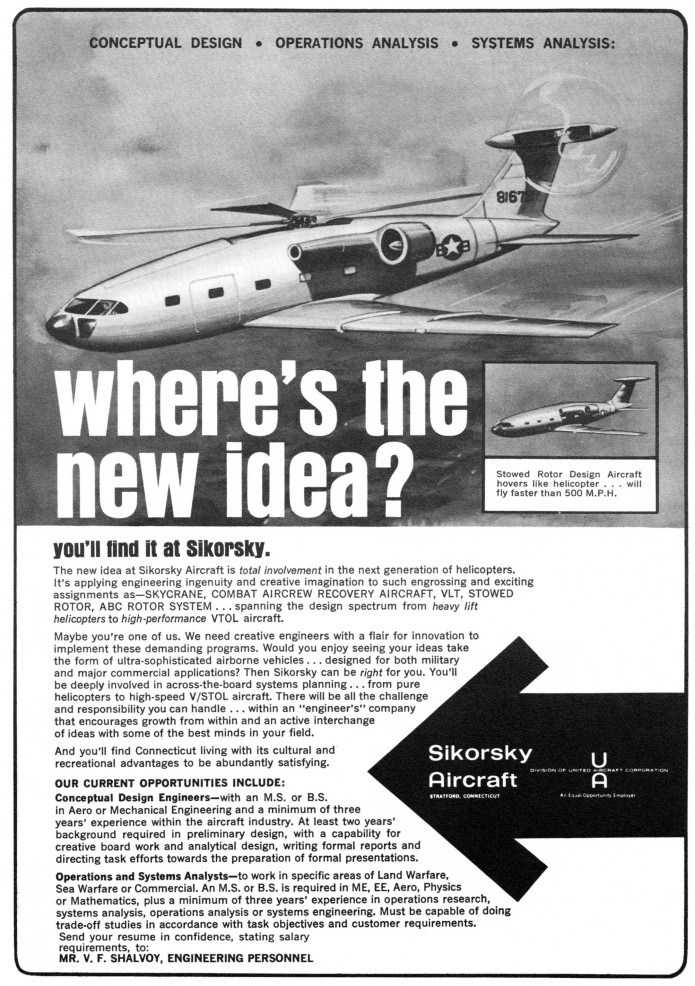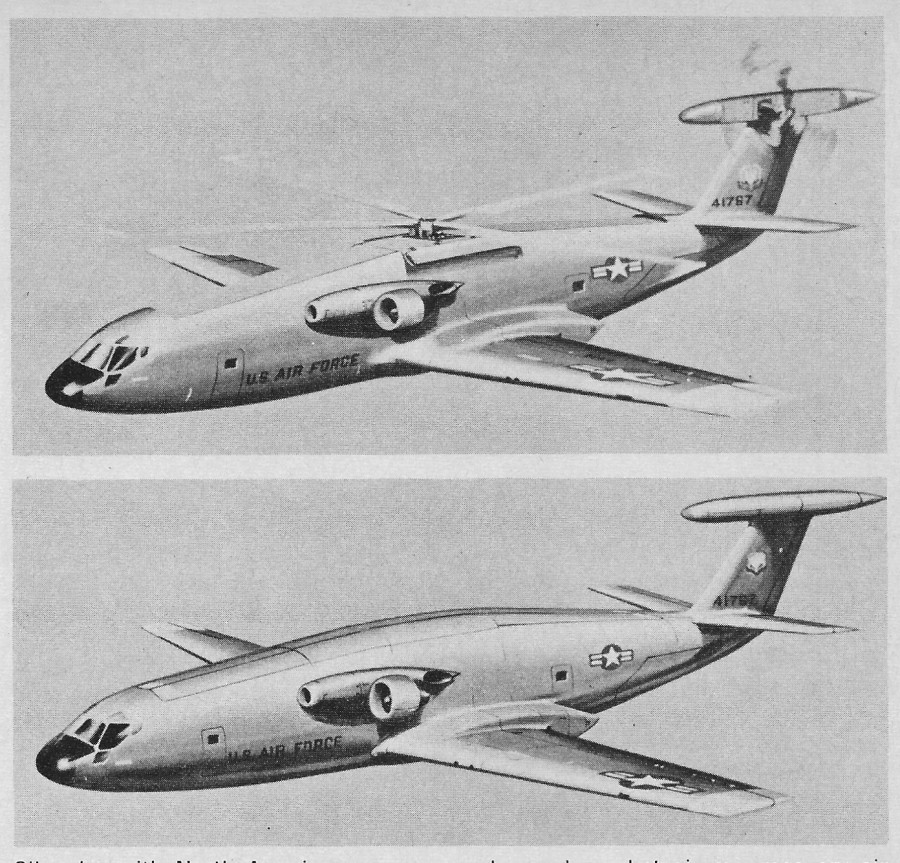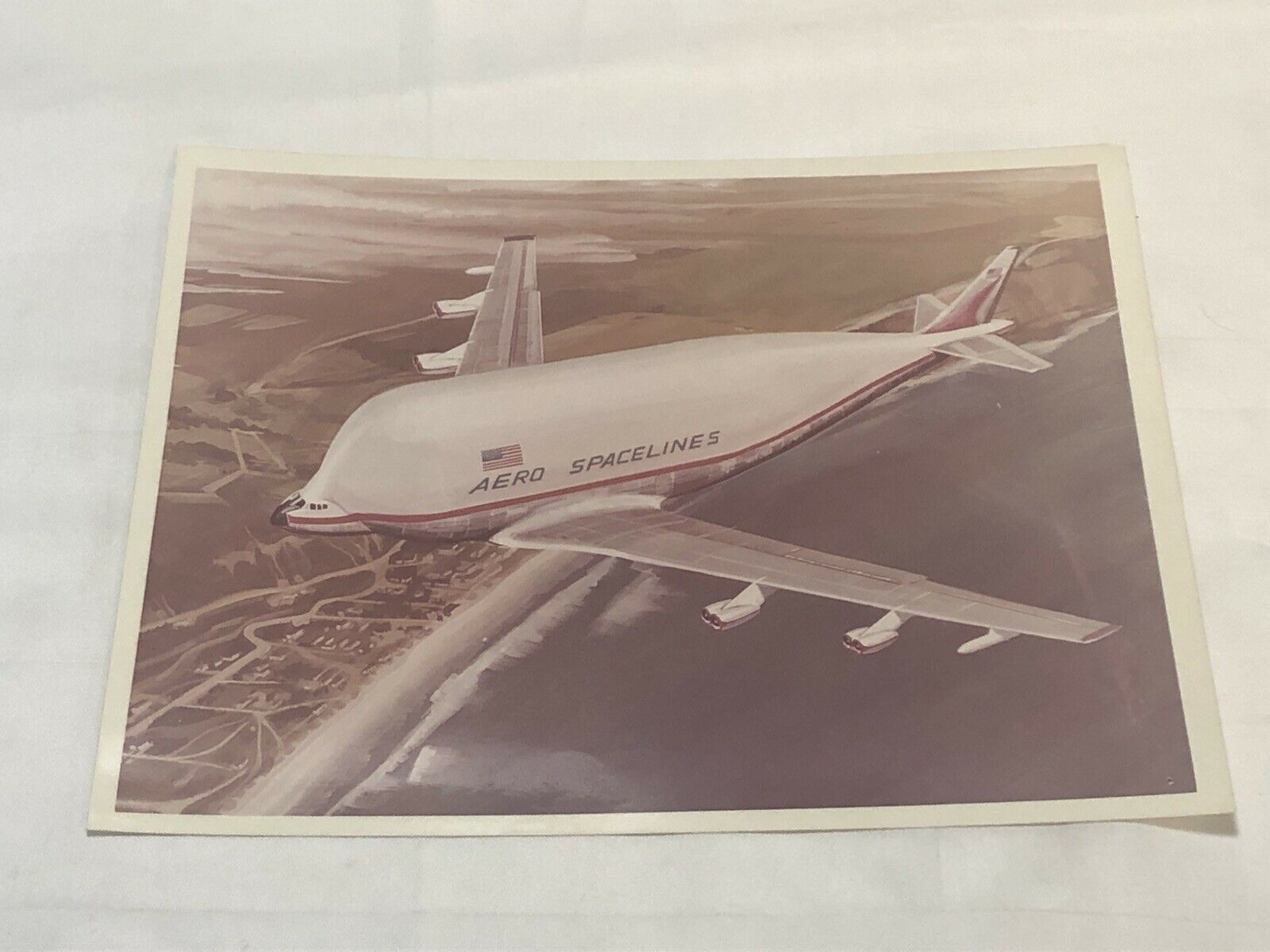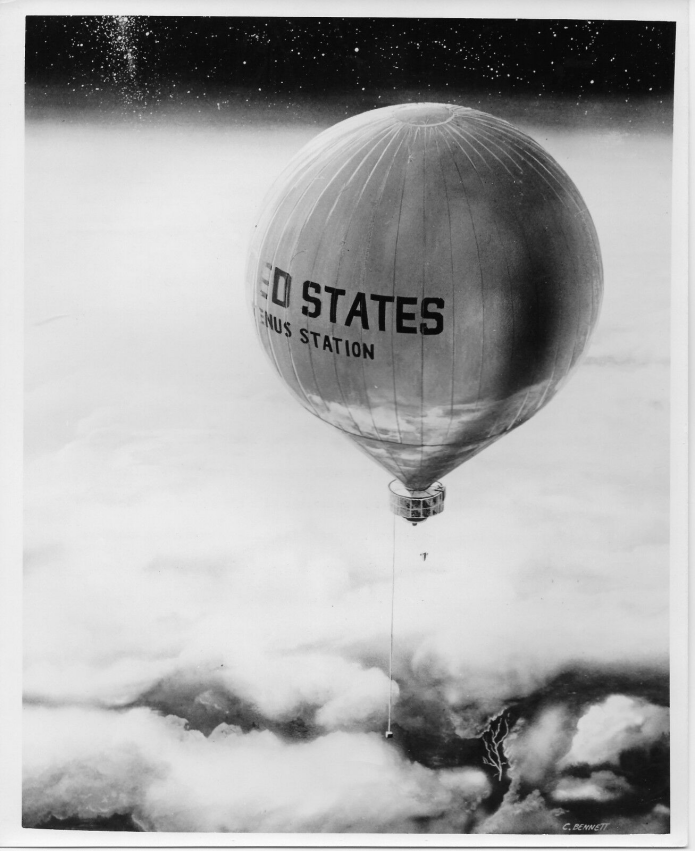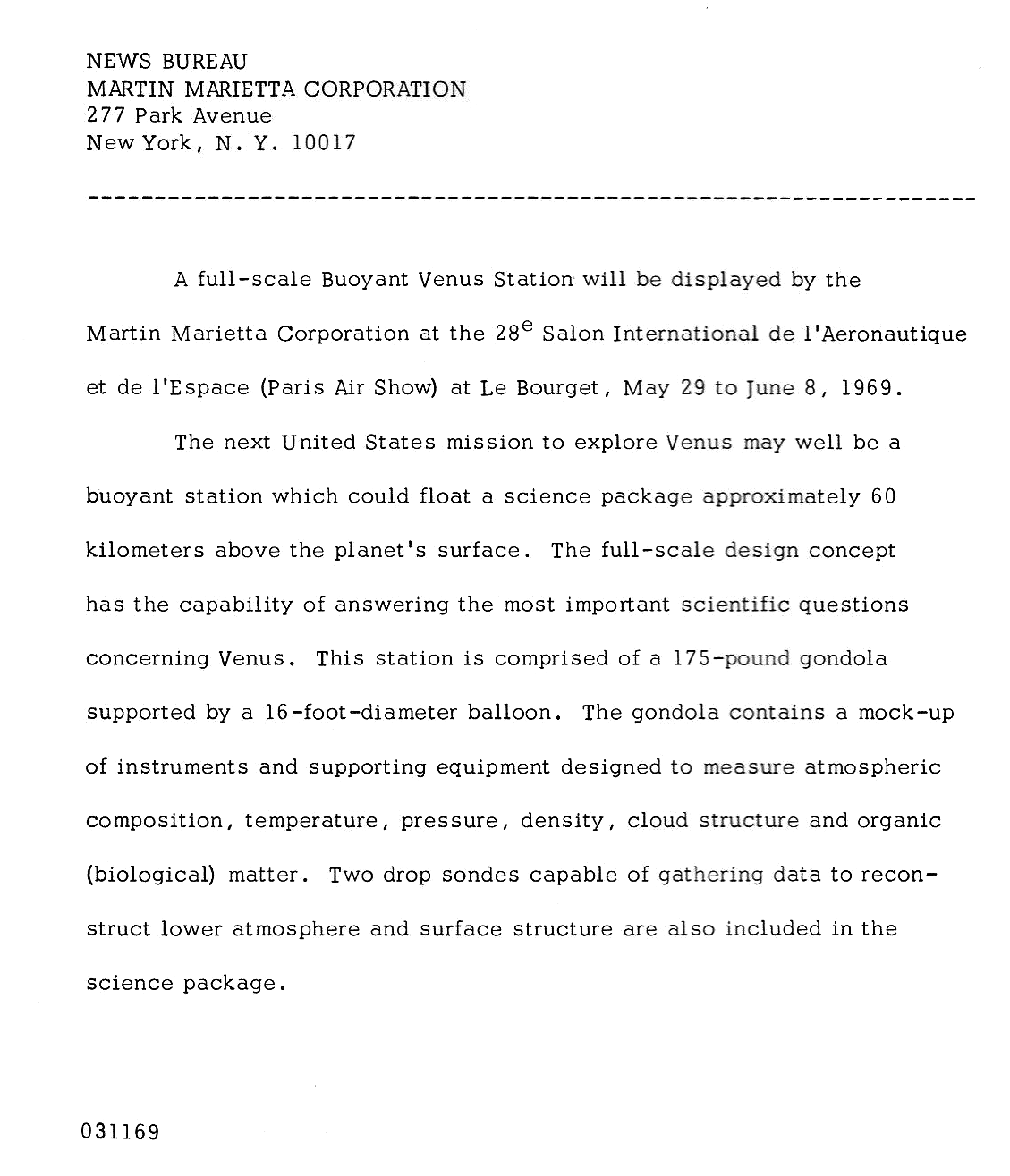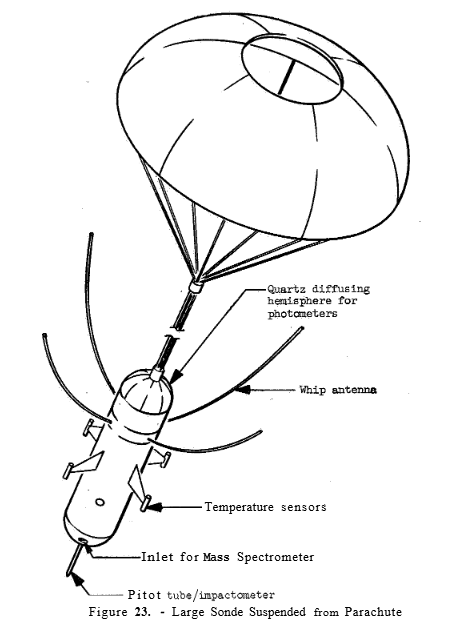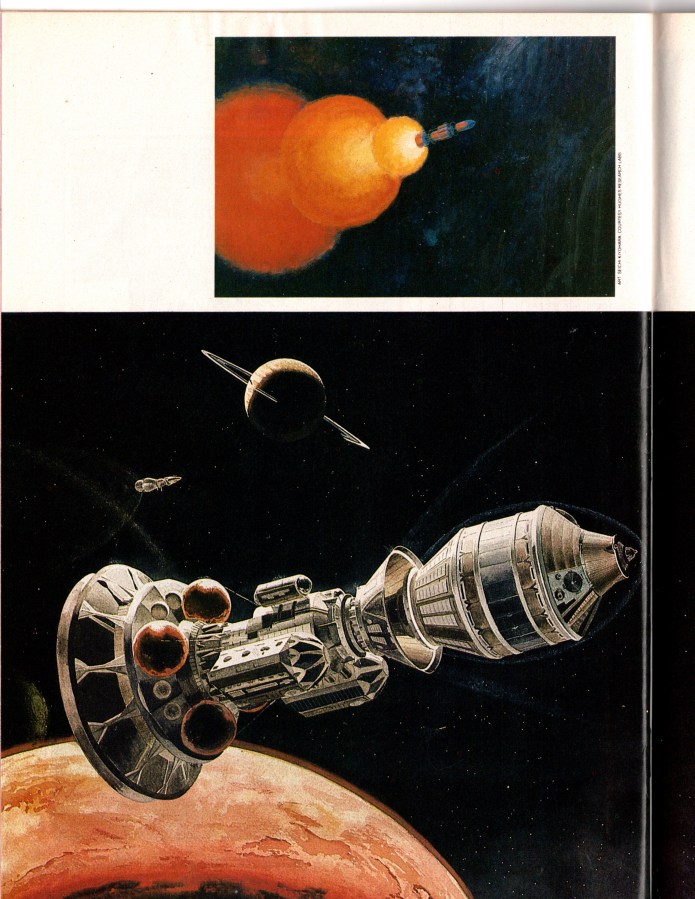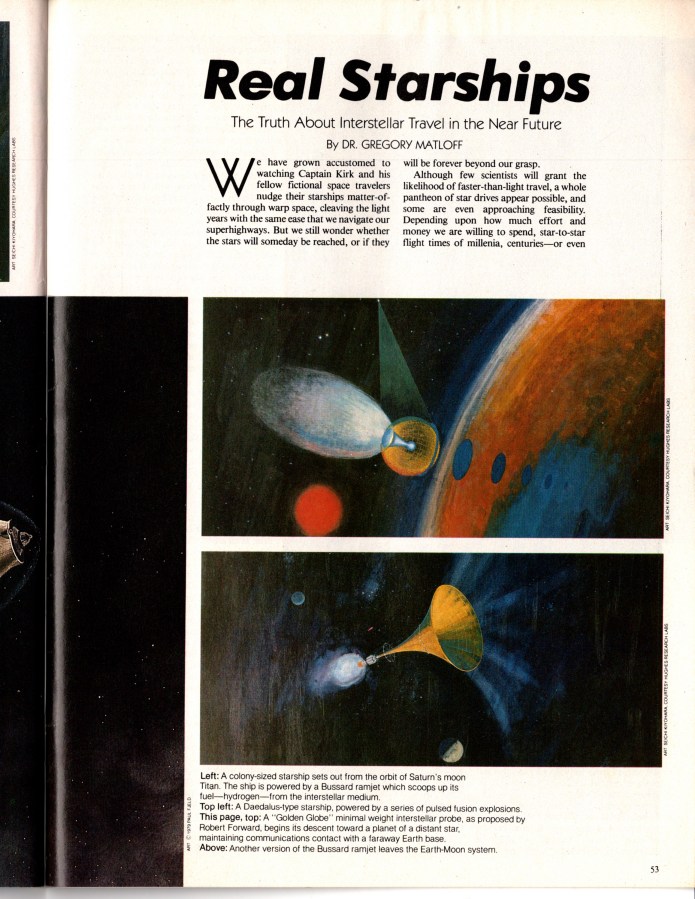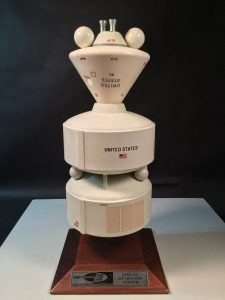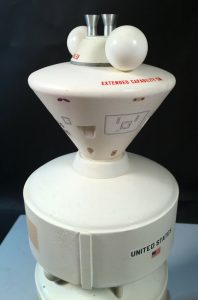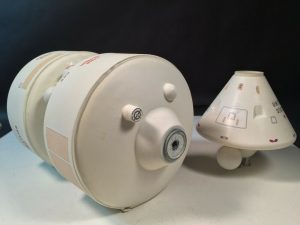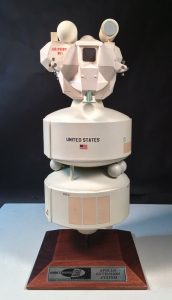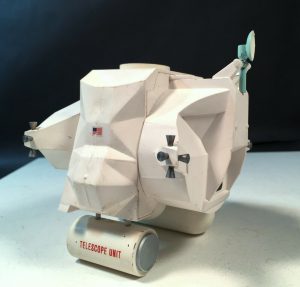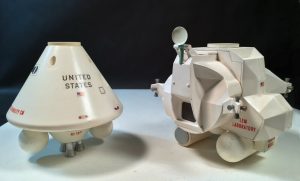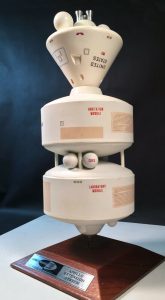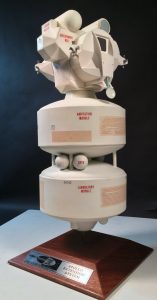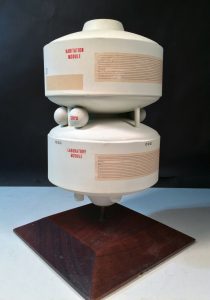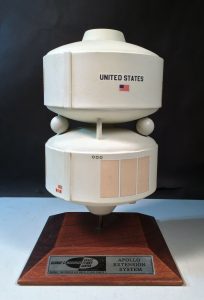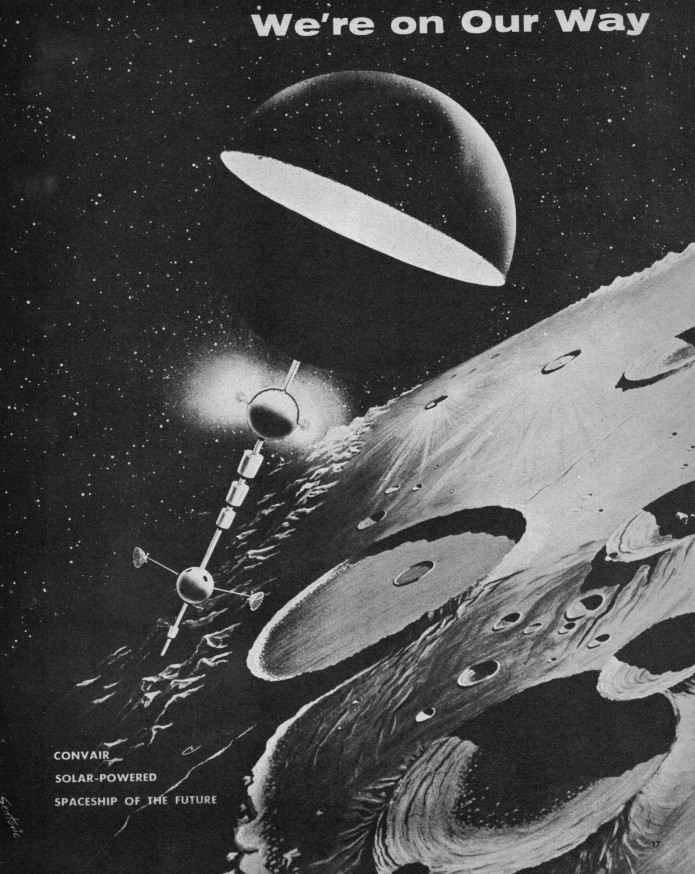A magazine ad from 1967 looking for people wanting to hire on with Sikorsky. The ad shows a stowed-rotor helicopter design for the CARA (Combat Aircrew Recovery Aircraft) role. In the midst of the Viet Nam War, US pilots were being shot down over enemy occupied territory and needed rescue. A helicopter was a perfectly serviceable vehicle for that role… it could hover over the jungle and drop a line down through the canopy that the pilot could latch on to and be pulled up and flown away. The problem was that choppers are relatively slow. You’d much rather get to the ASAP before enemy forces could find them. A stowed-rotor design could theoretically fly at airplane speeds and hover like a helicopter. But as with all hybrid vehicles, being capable of two things means you’re great at neither.
Additional art of this design:
